The animal kingdom is diverse and fascinating, and there are many different versions of the same species all over the planet. In some areas, such as the deepest reaches of the Amazon rainforest,
we know very little about all the creatures that exist there ,and while us humans tend to think of ourselves as the masters of our world, it cannot be denied that there are many weird and
wonderful things on planet Earth of which we are simply unaware. That's why everybody becomes so excited when we discover a new plant or animal species. Recently scientists have
discovered new species of wasp, shark, and even new animals descended from dinosaurs. With that in mind, here are 9 amazing animals that have only been discovered in recent years:
- Squalus clarkae - also known as the Genies Dogfish
This tiny member of the shark family, specifically the dogfish shark grows just 20 to 28 inches long. Found in the deep waters of the Gulf of Mexico, this dainty predator has huge ‘’anime like’’ eyes which are perfect for seeing in the deep dark Waters. 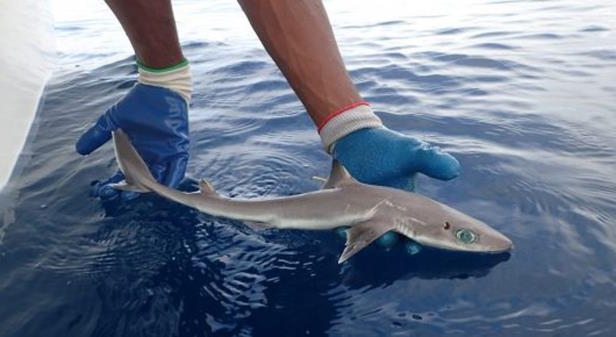
Of course, the shark is much too small to hurt humans, and it preys on fish and other sea-dwelling creatures. It was discovered in July 2018 and represents a great hope for those seeking to preserve the deepest waters of the ocean and the many unidentified species that reside in their deaths. Dr. Maria Pfleger, one of those responsible for the discovery of this deep-sea creature, states that the discovery of such species is an unimportant stage in any efforts to protect the sea from progressively deeper fishing practices.
Calistoga CrassicaudataDespite being just 9.8millimeters long, this species of parasitic wasp is native to the Amazon and is one of the most nightmarish creatures on this list. Its stinger is about half the length of its tiny body and it is also an ovipositor. This means that the stinger also deposits eggs along with a paralytic toxin into the wound it creates.
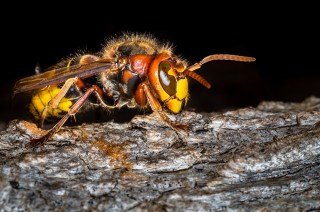
These eggs incubate and hatch within the host body. Well, we could tell you the rest but it's pretty obvious what happens next. The scientist that discovered them state that while this discovery was made earlier this year alongside another 6 wasp species, but this one was the most exciting. If by chance you happen to be in the Amazon and you run into one of their nests, you shouldn't worry about them because their stinger is not strong enough to pierce the human skin.Caelestiventus hanseni
This entry has been thankfully discovered post extinction. If you think we're cruel for saying this, just wait until you hear about see hanseni. The animal was, in fact, a breed of giant pterosaur which sported no less than 110 teeth and for seriously wicked fangs.
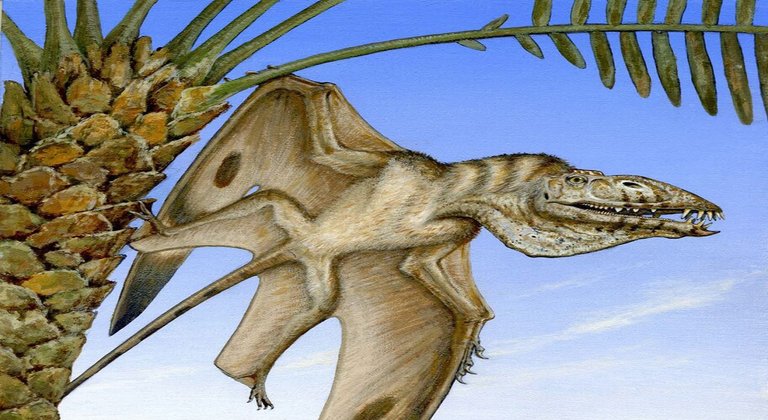
The scientist who was responsible for discovering it estimated that it may have had a wingspan of around 4.9 feet and things 2.5 centimeters in length. Living in the late Triassic period, this airborne predator would have been a terror of the skies. Feeding on other airborne dinosaurs and even smaller species.
4.Mansourasaurus shahinae
The second ancient discovery on our list is less carnivorous but no less terrifying for its vegetarian nature. Then animal fossils were found in Egypt by archaeologists in late 2017. This dinosaur was long-necked and long-tailed in the size of a modern-day bus. 
What makes this discovery so exciting? Well, Africa has long been a question mark when it comes to large land-dwelling dinosaurs. The lush vegetation covered areas, which are common in much of the African continent make it much harder to identify potential fossil sites. As such, the Mansourasaurus shahinae torosaurus represents a huge leap forward in our understanding of the landlocked dinosaurs that were resident in what is now Africa before the asteroid hit the earth.
5.Dendrocerus scutellaris
Another member of the wasp family, which has been discovered in recent years. These kinds of layers is also a parasitic wasp that seems to have cut its way straight from a scary movie. Like its cousin, the wasp lays eggs inside of a host. Despite this, these got Alaris lacks, the strong pointy jaws that most endoparasitoid wasps used to chew their way free. Instead, this wasp has a saw-like structure on its back.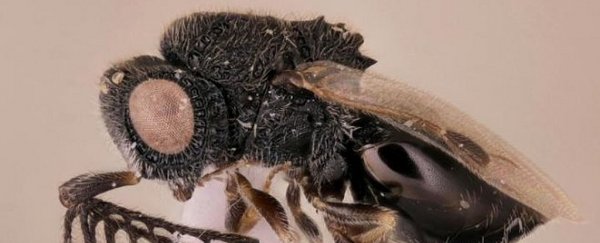
You can rest easy though as decent little errors are just three millimeters long, and primarily targets other insects like the caterpillar, when it comes to choosing their hosts. So no need to add this tiny, but feisty creature to your nightmare repertoire this wasp is both uninterested in bothering humans and is much too small to do any harm unless you're another insect.
Tardigrades
Lovers of weird and wonderful animals will already know about the famously sturdy tardigrade, or as it's sometimes called water bear. This tiny microscopic creature can survive in extreme cold, down to negative 328 degrees Fahrenheit and extreme heat up to 300 degrees Fahrenheit. They can even survive in the intense radiation and crushing vacuum of space; talk about a super creature, right?
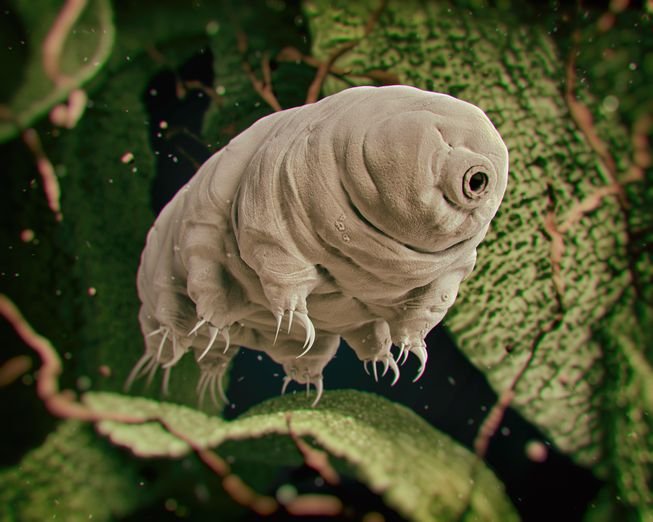
So you can understand why scientists were excited to find a version of this microscopic creature living with its tendril encrusted eggs and thriving in a Japanese parking lot. This is the first example of this particular tardigrade family. Their tentacles are thought to be a method of securing the eggs to a surface, so they can safely grow. The more we learn about these incredible microscopic creatures, the more incredible they seem to be, and thanks to this discovery we are closer than ever to understanding them.
Shastasaurus
The creatures of the world's oceans remain more mysterious than even the surface of the Moon. Deep dwelling animals are still being discovered today, and so it is a little surprising that we are still becoming aware of now-extinct species. The newly discovered Shastasaurus is sadly already long gone, but that doesn't make its discovery any less impressive. It is thought that when this creature patrolled the open ocean around 205 million years ago that it
was the size of a modern blue whale.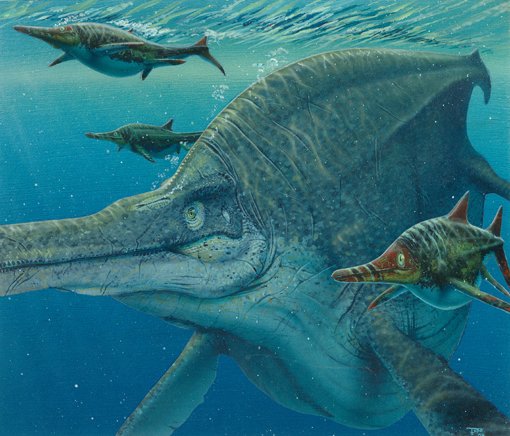
Fueling its travels by eating squid and other fish. The Shastasaurus has been sought after for many years. 170 years ago around 1850, beachgoers found lace Triassic fossils which were so massive that they were thought to be sauropod remains. Now, however, researchers think that they belong to this animal. A jaw bone from one of these creatures could measure an awe-inspiring 3.1 feet long. Imagine seeing this majestic creature while scuba diving …it would certainly be a once-in-a-lifetime experience.
8.Junzi imperialis
The variables of ancient Chinese Royals were often very flamboyant and outlandish affairs which displayed the wealth and importance of the person through the goods they were buried with. Even still archaeologists were surprised to find the remains of an extinct and ancient member of the given family within the burial menagerie of the grandmother of China's first emperor. Jay imperialist may have been alive 2,300 years ago when this royal grandmother was buried, but it has since become the first species of an ape on record to go extinct since the last ice age.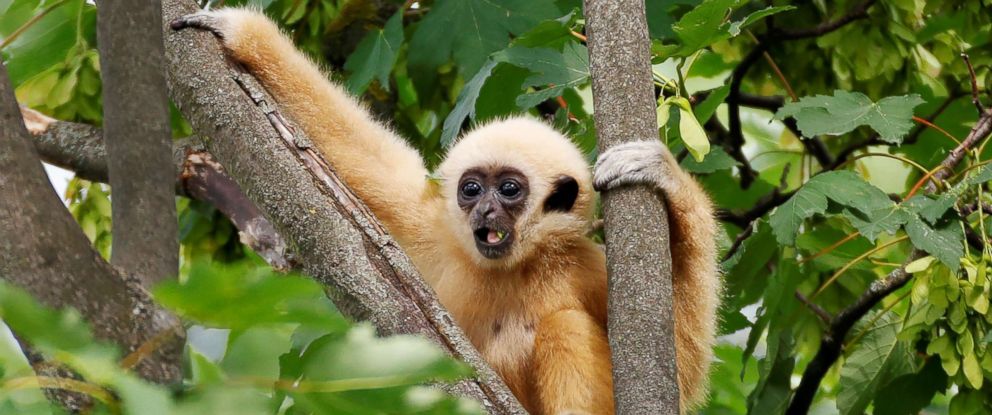
Givens and this member of the family, in particular, were the first animals to be severely impacted by human expansion and growth. So it probably makes sense that the remains should be found within one of the most ancient and sophisticated cultures on the planet. Helen Chatterjee one of those responsible for this recent discovery hopes that this will boost the visibility of given preservation efforts across the world. Here's hoping that she gets her to wish. These magnificent tapes are in danger in almost every one of their habitats across the world.
The Bryant Shark
Thanks to recent movies and media, the public is more aware of ancient sea life than ever before. Jurassic World and the Meg have brought huge sea-dwelling dinos into the public eye. But while we know about the infamous Megalodon the largest shark to ever exist. Few are aware of the ongoing search for one of its ancestors.
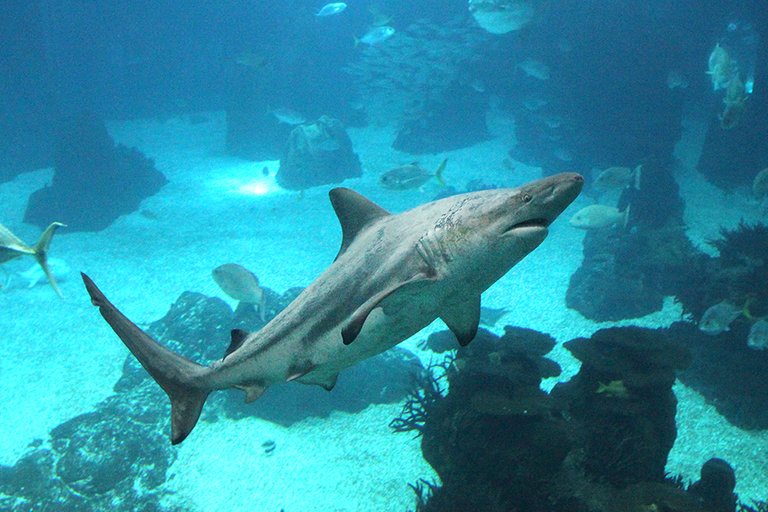
Now, it appears that the 40-year research is over and researchers have finally found enough teeth to properly identify a previously unknown ancient shark. Current estimates suggest that while the shark predates the Megalodon it would have been smaller than its successor, while the Megalodon teeth could be 7 inches long these teeth are just 1 inch in length, however, it was still probably a fearsome predator.